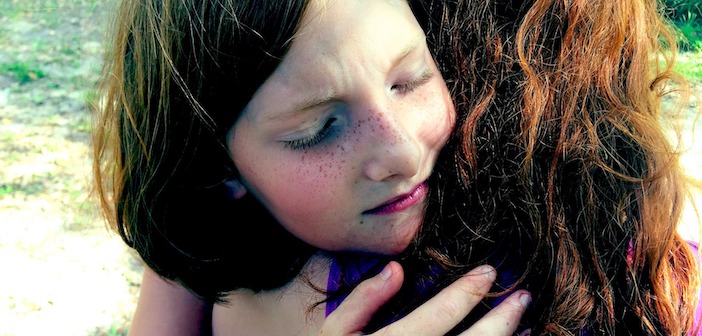Bullying. It’s one of those things parents really don’t want to hear about from their children. Many of us recall painful childhood memories of times when others were ridiculed or outcast and for many, those memories stick around. So when our child says things that lead us to believe there is bullying, it can be heartbreaking. We want to protect our child and ensure that they grow to be emotionally intact adults but we often don’t know how to handle the situation or even how to evaluate the seriousness of the situation. Sometimes what we deem as bullying is normal social development in children. Sometimes it isn’t.
Author Juliet Lythicot-Haims explains in her book How to Raise an Adult: Break Free of the Overparenting Trap and Prepare Your Kid for Success that bullying rates have not gone up in recent years, but parent sensitivity has. In light of this, perhaps especially in China – where many parents and grandparents are very protective – it is important to try to separate normal childhood struggles from true bullying. Experts suggest that allowing children to solve problems without interference is an important part of growing up and that intervening may do more harm than good.
However, there are situations where true bullying behavior takes place, and in that case there are some key concepts we can become familiar with to help our children. First, research has shown that the kindness approach is far more effective to stopping behavior than a punitive one. Schools who do not have a kindness program should be encouraged to install one and we as parents can talk with our children at home about strategies in kindness as a response to hurtful behavior.
Everyone hurts when bullying occurs, including the instigator(s). Therefore, to effectively address the issues, all parties need support. Children who bully have unmet needs that can be replaced with more positive support. Children who are victims deserve strategies to help them cope with and find positive ways to process emotions and reactions. Finally, bystanders – those who witness the interactions play a vital role in stopping these negative behaviors. For this reason, some anti – bullying programs focus heavily on helping bystanders evaluate the situation and be brave enough to say or do something to diffuse the situation. We can all support our children at home to be effective bystanders.
Finally, we need to understand that many bullying situations occur because of differences. As the saying goes, we are often afraid of what we do not understand. A child who dresses differently, has unusual tastes, is of a different race, or who looks different may be bullied. Helping children to accept and celebrate differences can make a huge impact on how social interactions play out in the school halls and playgrounds. And let’s focus more on supporting all of the parties involved and restoring harmony by righting misdeeds rather than looking for apologies. When we support our children in acting responsibly with their peers we are supporting their future emotional lives as responsible adults.
Photo: Pixabay




